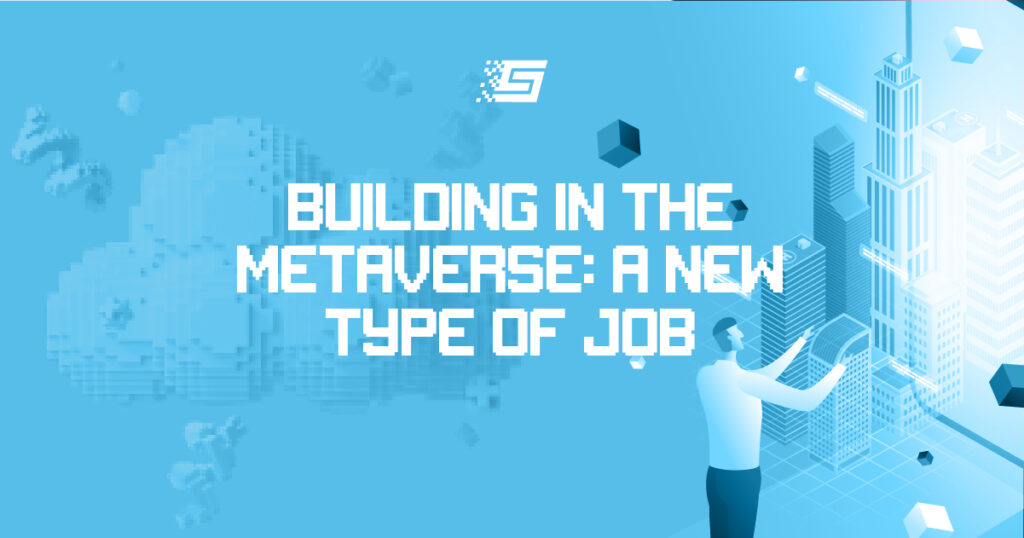Skills That Make For Awsome Marketing In The Metaverse
One of the latest buzzwords in technology circles is “metaverse.” The term was coined by author Neal Stephenson in his 1992 novel Snow Crash, where humans, through information technology, could interact within a virtual world. Recent announcements from Facebook and Microsoft have many experts discussing how Stephenson’s vision is upon us — groundbreaking technologies that allow for the merging of physical and virtual spaces. But a technology-centered definition of the metaverse is actually incomplete. While technology is certainly catching up to the vision, the metaverse is already here. Technology, of course, is an important complement and accelerator, but the metaverse is a social, financial, political, and technological evolution.
It is important for marketing and communications professionals to approach the metaverse holistically. It is not a new technology to add to our toolbox. Rather, it is changing the tools we use, and we will likely require a completely new toolbox — or way of thinking. Here are some tools we believe every marketer will need as they explore ways of growing their business in the metaverse.
Virtual Design – Crafting A Product When There Is Nothing To Consume
Companies could sell traditional products or services in the metaverse over and over again. The marketing teams define products’ characteristics and value. Real-world products will continue to have life in the metaverse, but there’s a new product category emerging — the virtual product. The ability to craft virtual goods will become a required tool for every marketer as even real goods can have digital, virtual personas within the metaverse.
Virtual products can have characteristics, but marketers don’t always control them. They are conceptual, digital, and sometimes infinite. Thus, virtual products are in a constant state of change. When marketing virtual products and personas, the marketer’s job changes. Rather than defining products, the marketer should set boundaries and provide the user with the ability to customize products. This particular dynamic shifts the marketer’s job from producing a repeatable, standard product definition to enabling the users. The goal of virtual product design would be to create products and personas that will give the user full control over the form, function, and value of the product.
Ratcheting Up Inclusion And Down Control
How can you create a compelling product experience when a product’s primary value is giving the user the ability to create unique offers for themselves? The answer is that you empower users to be partners in the development of marketing strategies and plans.
The marketers in the metaverse will need to be accustomed to developing narratives and strategies that support rapid, progressive change, which is based on customers’ input. Marketing plans in the metaverse should resemble something more like scaffolding instead of an entire building. With new ideas surfacing, companies could include some of them in the virtual product experience at an appropriate point and generate value immediately. Digital game designers understand this kind of methodology. When they develop characters for a game, the basic structure is set, and users see the customization options that can come together to enable an almost infinite number of combinations, giving users the ability to create and control unique representations of their vision.
A foundational tenant within marketing has been to “control the narrative.” In the metaverse, marketers will need to be comfortable integrating the creative inspiration of customers and allowing them to control the narrative. Proficiency with this new tool may seem like a continuous and often unsettling journey at first, but with practice, it could become one of the most competitive tools available to draw upon in the new toolbox.
Expanding The Pricing Parameters
In a dynamic community such as the metaverse, the main unit of value is relationship. Marketing operates on a cost-based model of value nowadays. Goods will be priced based on the cost of raw materials and also the effort required to create them. When the cost to deliver these goods increases, the price will naturally increase. In the metaverse, the community will set the prices, and the value ascribed to virtual goods won’t be based on cost or utility but relationship.
The dynamics of relationship value is shown in the many stories of virtual art selling for millions of dollars. Believing that these artists may have created this wealth through self-promotion or utility is shortsighted. Rather, they likely created communities of people who valued them as individuals. The monetary value looks to be an expression of support for the individual and their contributions. Inflation of that value occurs when people recognize this activity and try to capitalize on the benefits.
When marketing in the metaverse, marketers should adjust pricing tools to include a community variable. They should help organizations understand that community building is part of the marketing equation. Oganizations may be able to charge a premium for offers based on community membership. However, when part of a community, support should be multi-directional. Pricing tools should take account of the investment in the community in order to keep it thriving. But be careful: communities in the metaverse would likely understand the differences between a genuine investment and investment just for the sake of profit. A phony commitment could result in negative value in the metaverse.
The metaverse is much more than a new technology or marketing channel. Rather, it is a societal evolution. And as with any evolution, the first step is being open to the change. Marketers will be critical participants in the evolution because they build communication structures and taxonomies that will enable interaction and growth. As such, they have a responsibility to research, learn and make their voices heard.


